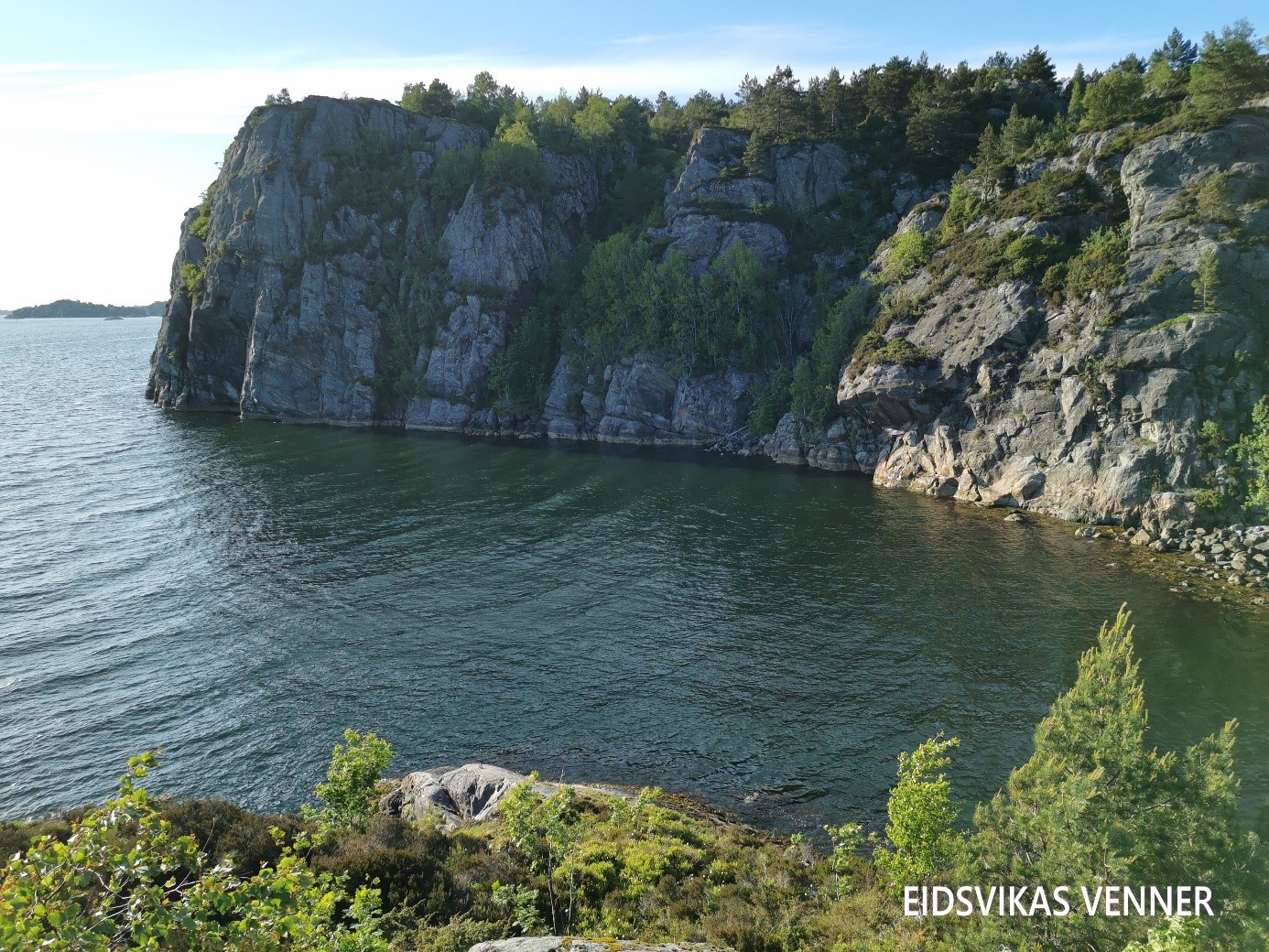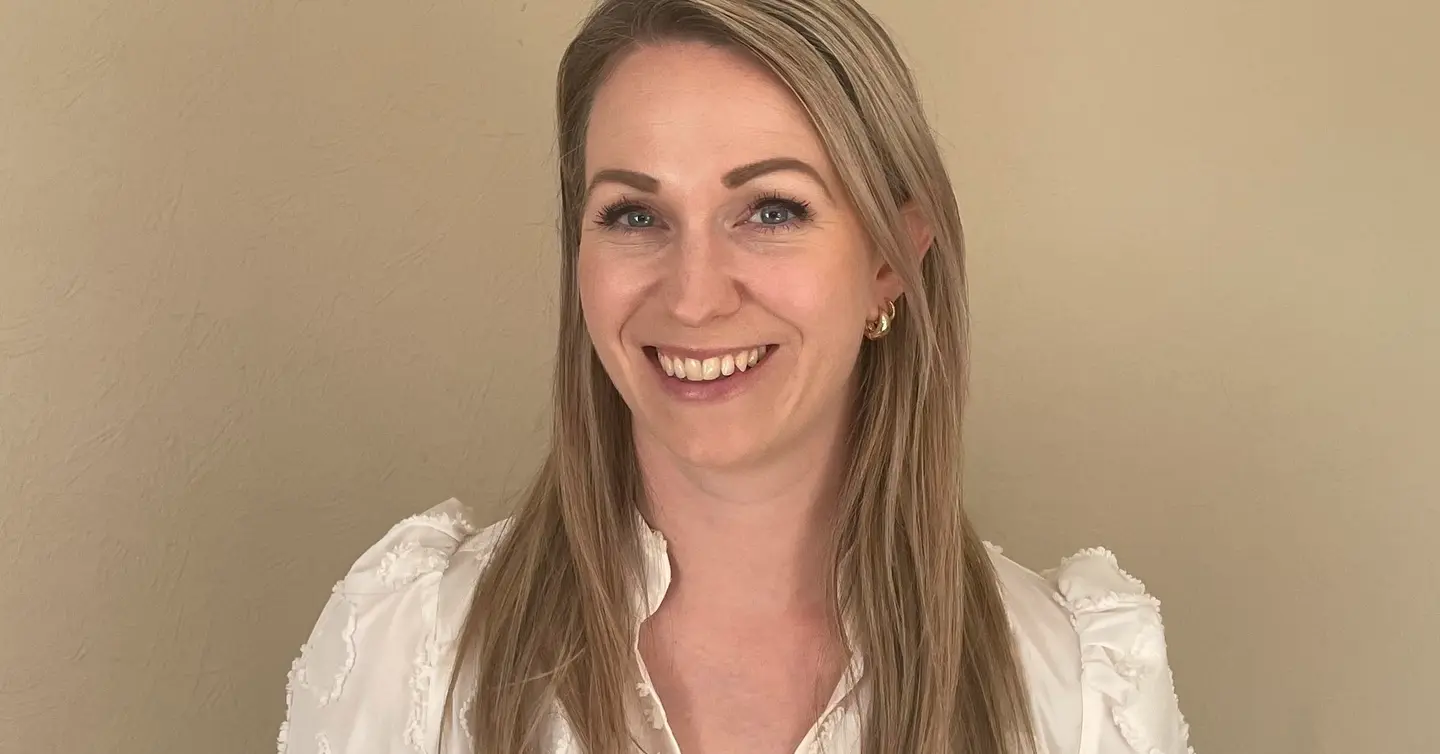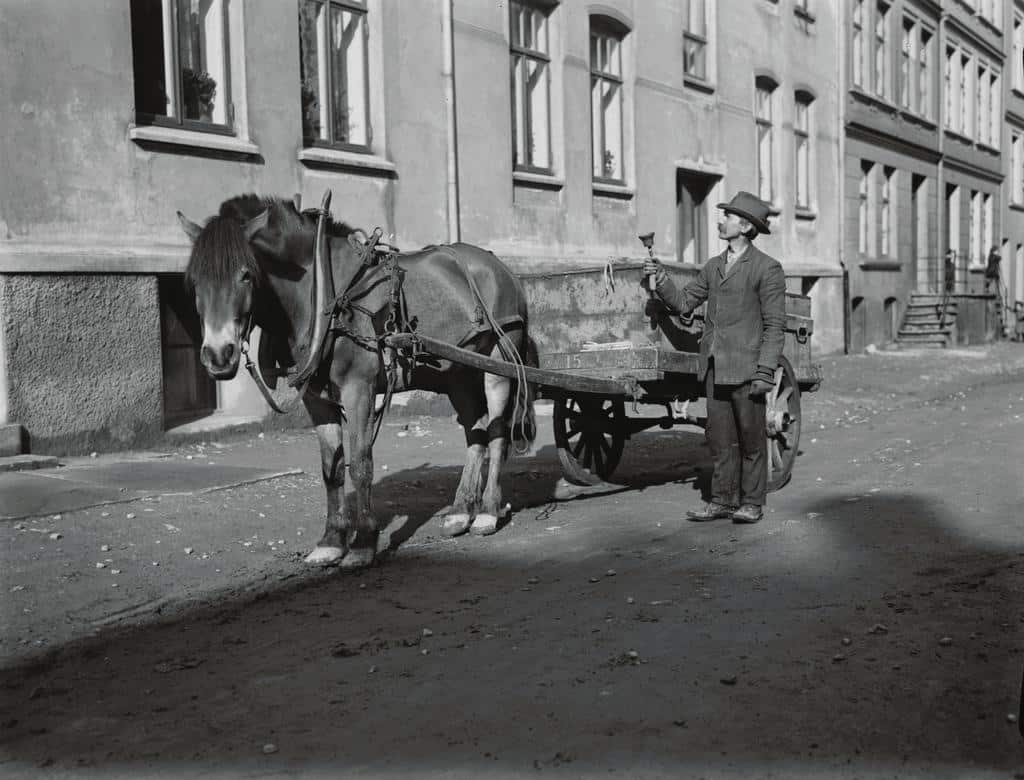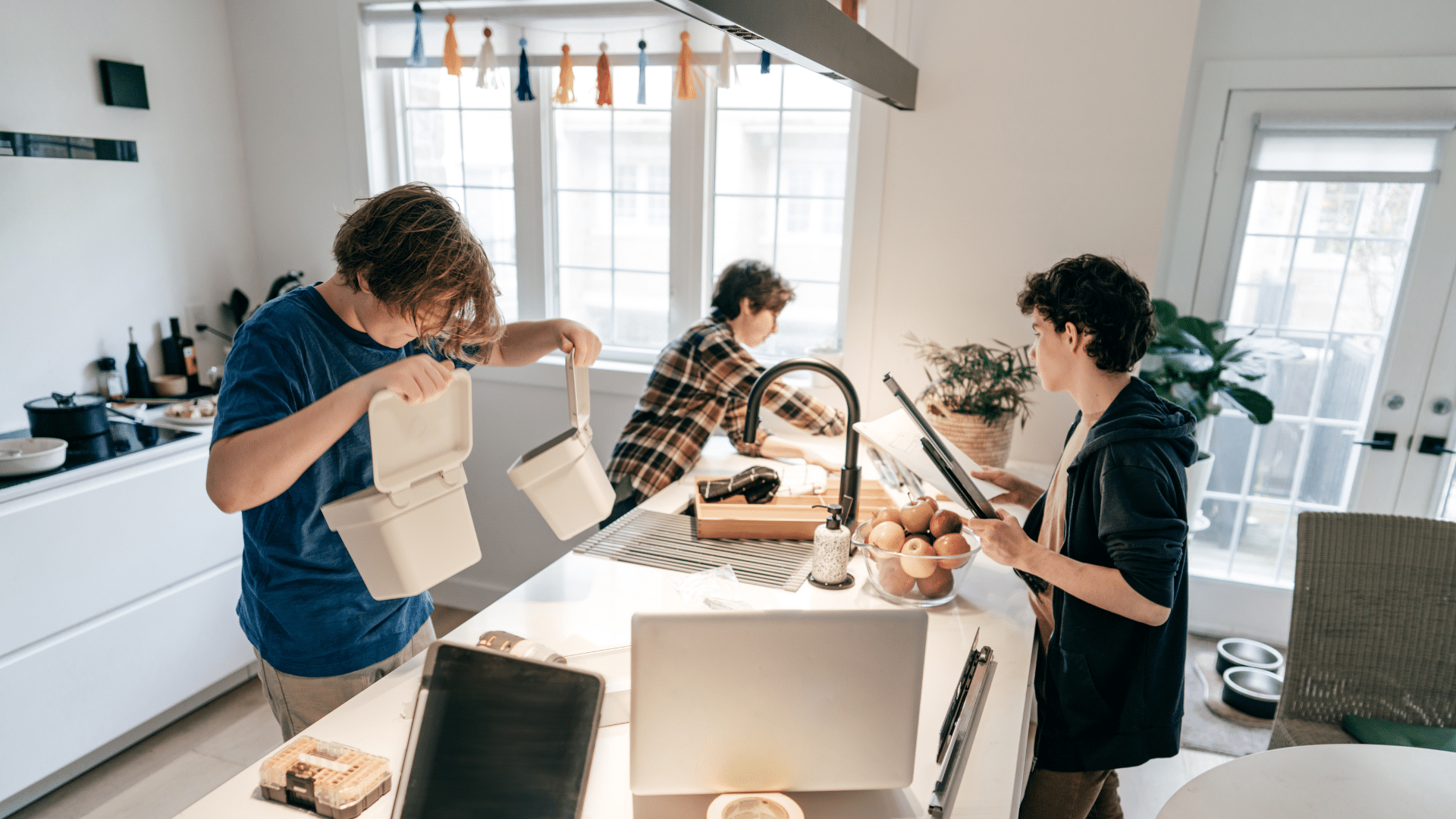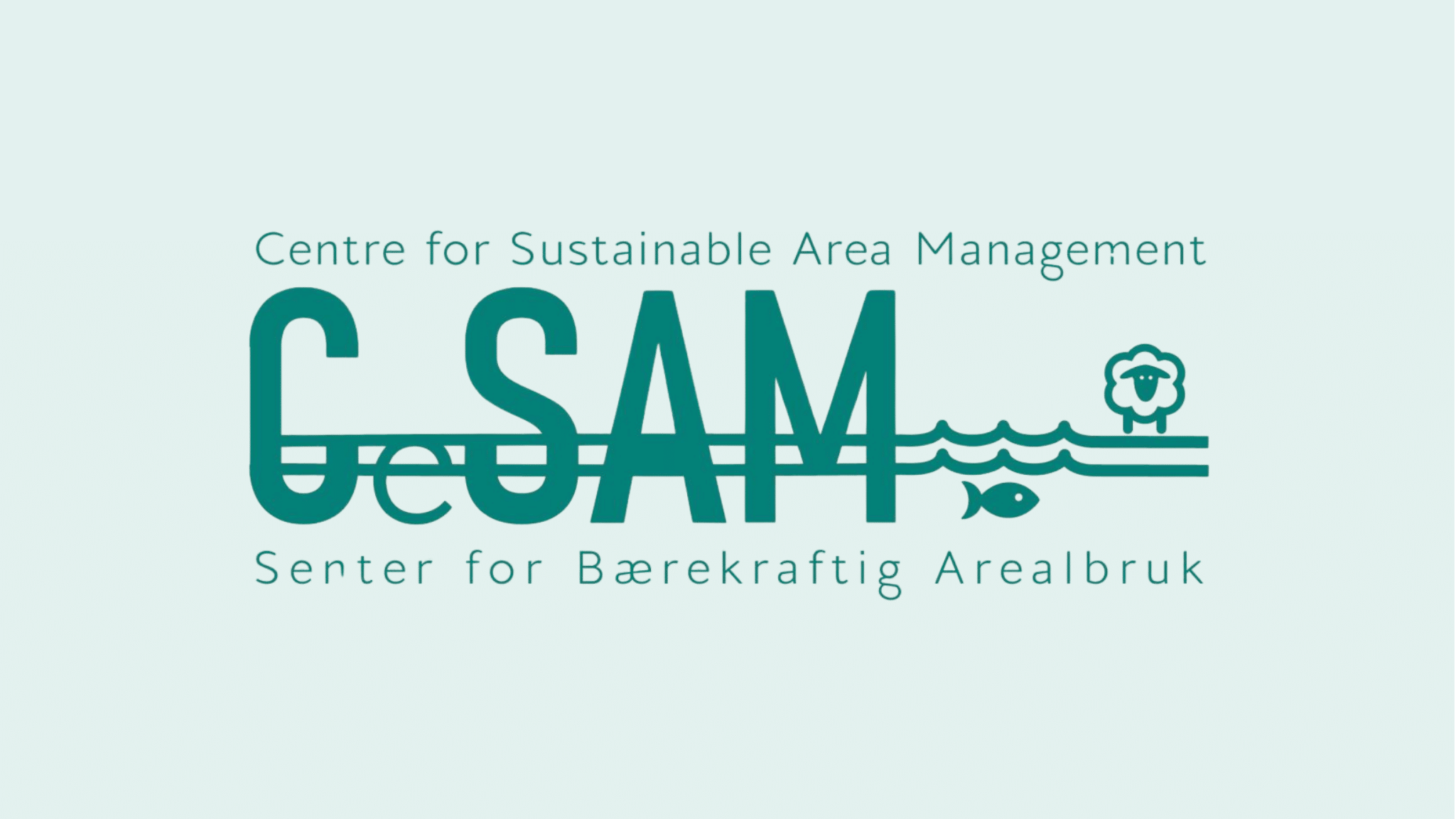Trash and things
There’s been too little control of waste, but now the EU is taking actions that affect us all.
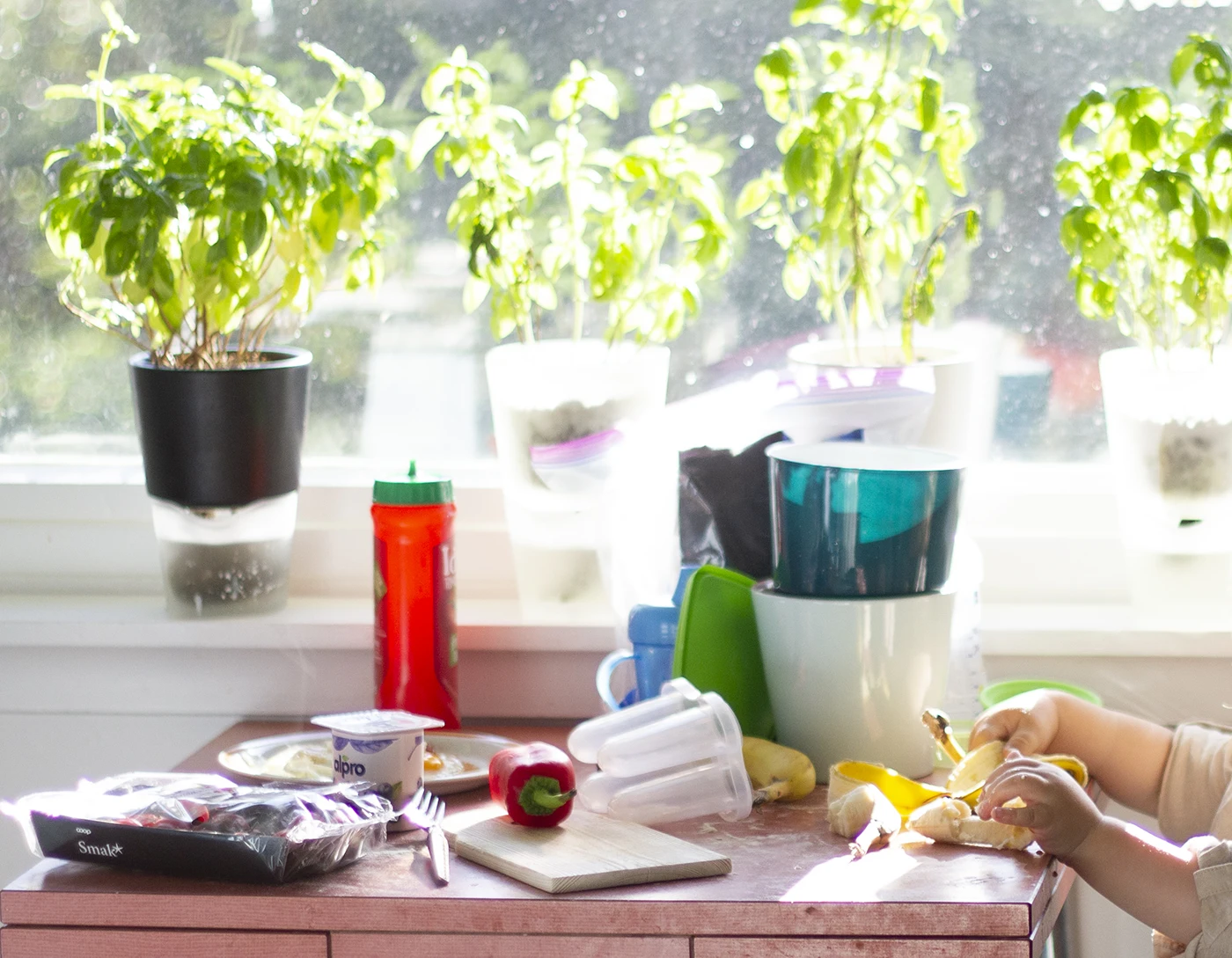 Foto: Mona Maria Løberg
Foto: Mona Maria Løberg– It’s been pretty wild, says Joakim Gulliksen.
Joakim is talking about the lack of control over plastic products released on the market. He is a man with a good overview of the waste industry, and has worked many years as a subject advisor in The Norwegian Society for the Conservation of Nature(Naturvernforbundet), and now in Samfunnsbedriftene.
 Mona Maria Løberg
Mona Maria LøbergA lot of pollution cases
Naturvernforbundet has long worked with pollution. We have mapped illegal trash dumps and warned the authorities.
– The Norwegian system is such that there is free competition for trade waste. Then “anyone” can start waste collecting. What we have seen is that when these companies go bankrupt, there is no one left to clean up this waste, Joakim explains.
 Statsforvalter
StatsforvalterAnd some years ago a case occurred where old car tires were stored and chopped up to be sold on. But a lot unfortunately fell in the sea.
– Its a case with awful routines over many years, says Joakim.
Naturvernforbundet alerted the police and state administrator on the case, and it all ended with the company receiving a large fine and an order to start cleanup.
Naturvernforbundet works with plastic and pollution in various ways. We have arranged cleanups all over the country, which means a lot for people. It has been an entrypoint into engagement, and at the same time we see specifically that it helps.
Many rule changes in the EU
Additionally, a lot of work is being done politically, both nationally and towards the EU. Regulations will change, both for how waste should be processed, and concerning the products being released on the market themselves.
This will ensure that resources are used smarter, and reduce emissions.
– A problemation fraction of plastics is packaging, says Joakim.
The EU has their own regulations, “Packaging and Packaging Waste Directive” (PPWD), that determine how packaging is treated. How products are formed, and how they are treated once they are considered waste, is mentioned in other regulations. This can include demands regarding design, certifications, or standards across different categories of products.
The EU has set this framework and these goals, and are now discussing the details and implementation.
– One thing being negotiated now, is that all plastic being introduced onto the market by 2030 will be recyclable.
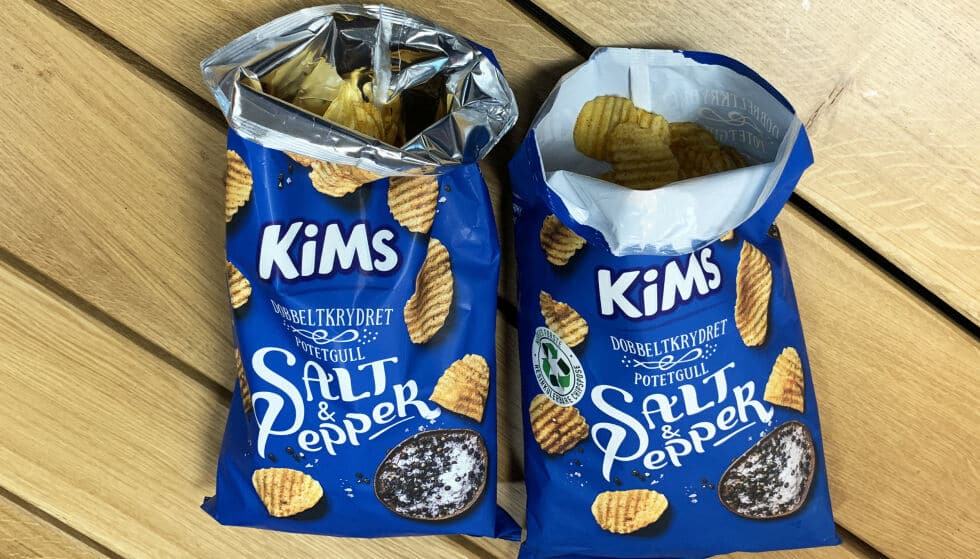 Foto: Orkla
Foto: OrklaThat is certainly not the case today. Many products contain multiple types of plastic, and this material can not be easily recycled. For example, the common design for potato chip bags is made of a type of plastic on the outside, with an aluminium foil layer on the inside. But there are alternatives. In 2019 a bag was developed without aluminium, which makes it possible to recycle.
Good systems – or totally wild?
Implementing good solutions is important for the environment – and our health.
– Bottles being recycled in Norway… the whole chain is well certified and controlled, Joakim explains. We constantly know what the plastic contains, and it can be reused in products that come into contact with food as well. And that’s very important, because there are strict regulations for what can be used for food packaging. This is to prevent introducing dangerous compounds in our diet.
The plastic contains a variety of additives, to give it a certain function. It can have different shapes and colours, be flexible or hard, or flame retardant. Many of these additives are undesirable in food, because they can e.g. be carcinogenic.
One example of poor recycling is rubber granules on artificial turf fields. This is made from old rubber tires, and contains flame retardants among other things.
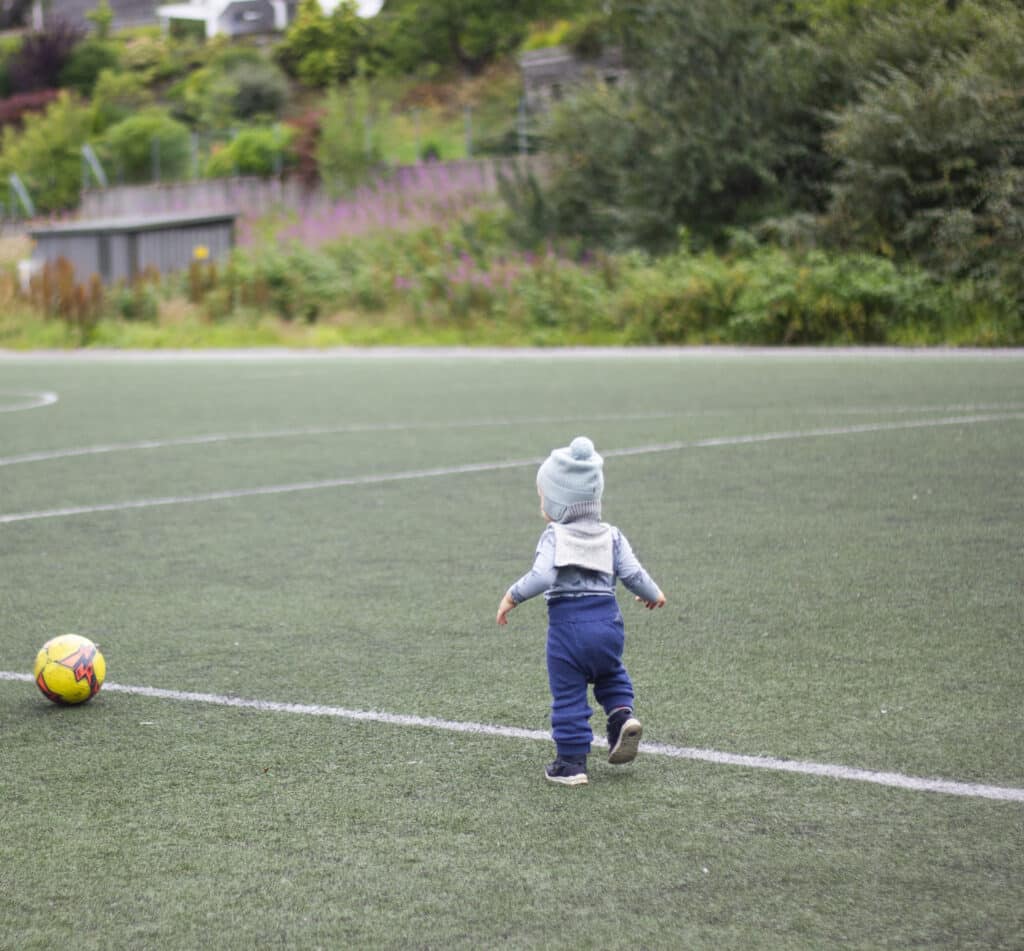 Mona Maria Løberg
Mona Maria Løberg– This is an example of what can happen when we don’t pay attention, says Joakim. Over a period of 10 years we got 2000 football fields with rubber granules in Norway. And entirely without focusing on regulations or certifications. There is very little control over what these fields contain. And then we let children play there.
 Foto: Mona Maria Løberg
Foto: Mona Maria LøbergThe same thing has happened with the playgrounds of kindergartens and schools.Colourful plastic covers have become popular, and many of these contain environmental toxins. Naturvernforbundet in collaboration with Norsk Institutt for Luftforskning (NILU) has looked into this, and the results were dire.
“We discovered that this is simply hazardous waste.”
Joakim Gulliksem – about the colourful plastic coverings in kindergarten.
– The only solution is to start over again at the beginning of the chain. When a product is being designed. When it has become waste it’s too late.
Sceptical to bioplastics
But what does Joakim think about all the new types of plastic coming to the market? Dog bags labelled biodegradable, pots, pans, and cutlery labelled as bioplastic.
– We are constantly looking for easy solutions. It’s a discussion about the plastic problem. I’m very sceptical of bioplastics and biodegradable plastic, Joakim answers.
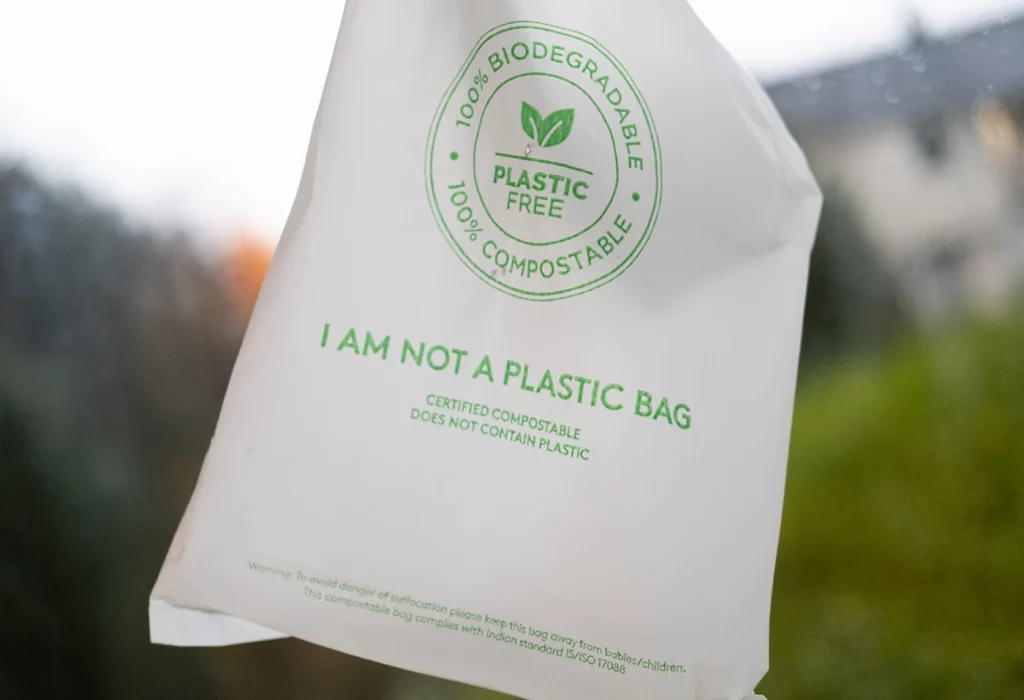 Foto: Mona Maria Løberg
Foto: Mona Maria Løberg– Because people don’t understand the terms. No plastic is realistically biodegradable in our nature. It takes a very long time. And it crumbles and becomes microplastic before that. It’s biodegradable in industrial composting, which happens in large industrial plants.
– And now it’s having unintended consequences.
In France it is no longer legal to write “biodegradable” on plastic products being sold to consumers. Exactly because they see that there’s a lot of confusion around bioplastics.
– Are we going to replace a plastic product with a different plastic product? Or should we work to reduce plastic consumption? Joakim asks rhetorically.
The producers responsibility
When diving deep into plastic politics, the term “producer responsibility” is central. That means that those who put a product on the market has certain duties. There are specific producer responsibility guidelines depending on what they produce.
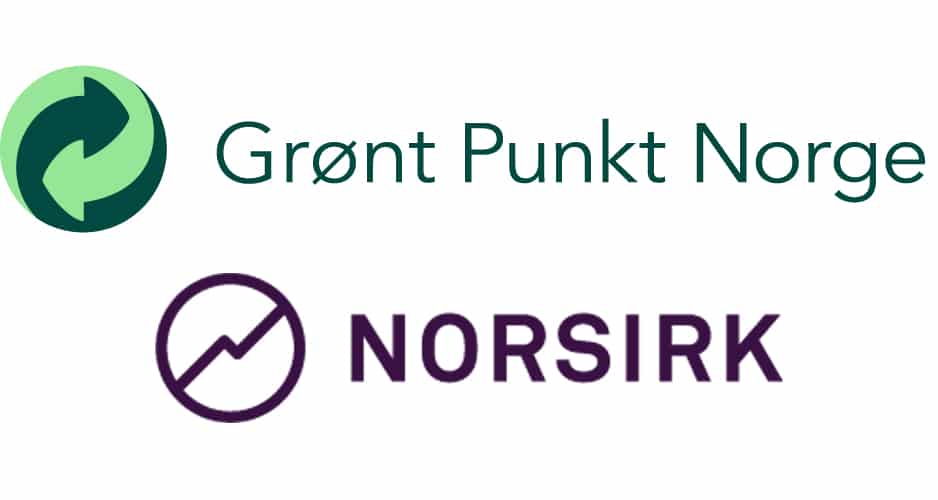
For example, look to producers of plastic packaging in Norway, They are required to be members of return companies Grønt Punkt or Norsirk, who manage the producer responsibilities for them. This is to ensure that the product receives the correct waste treatment.
In the beginning membership was voluntary, but later on it has become mandatory for anyone with more than 1 ton on the market. Recently the Environment Agency( Miljødirektoratet) put forth a suggestion for new rules, where they recommended that all packaging producers must be members in a return company.
There have been quite a few stowaways. Additionally there has been too little control and oversight, so some bigger producers have skirted their producer responsibility.
Hopefully this will all be more under control in the time to come. Naturvernforbundet has been pushing for tighter control and regulation. Connecting producers of waste with those who process it. And to achieve this connection, we need oversight. A packaging registry is needed, to show amounts and types of plastic produced.
“- A lot of good is being done right now. We are laying the foundation for a circular economy.”
News in English
Thanks to our volunteers, we have a number of articles in English.
